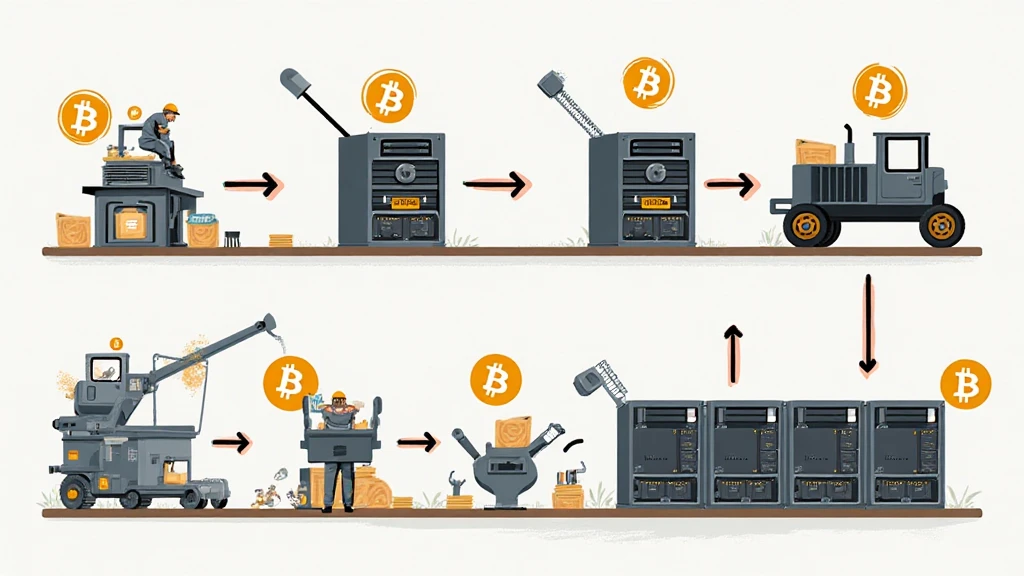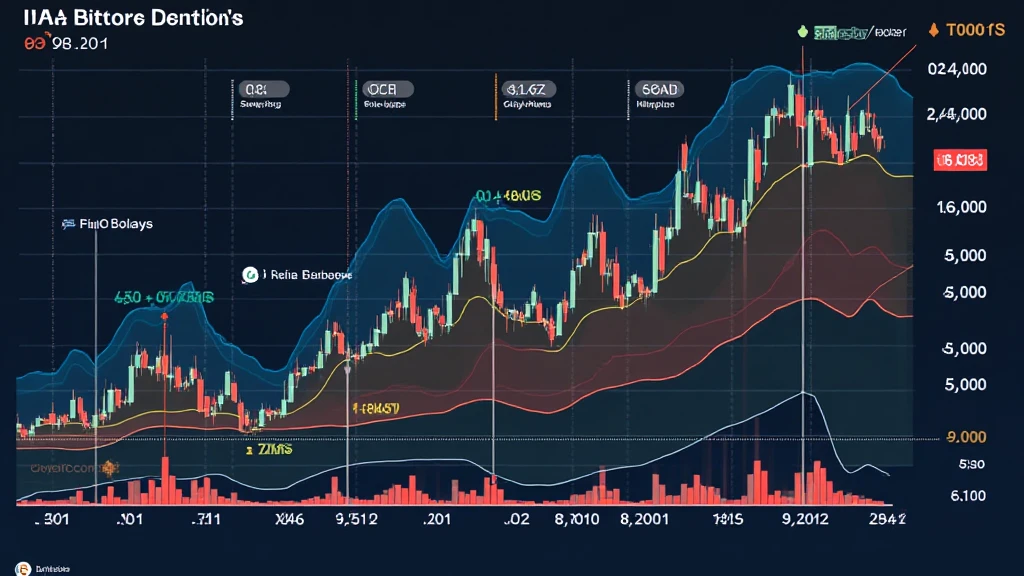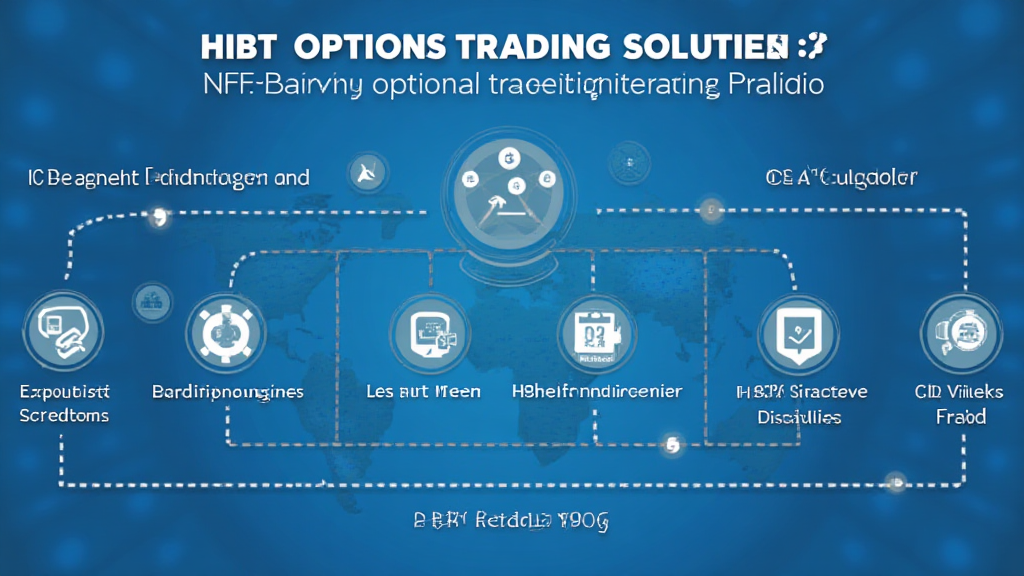Introduction: The Dynamic Nature of Bitcoin Mining
In the world of cryptocurrencies, Bitcoin stands tall as the pioneer and continues to dominate with a market capitalization of over $800 billion. With increasing participation in Bitcoin mining, the question arises: how do mining difficulty adjustments impact miners and the overall Bitcoin ecosystem? Data from 2023 indicates that up to $4.1 billion was lost in DeFi hacks, but Bitcoin remains resilient against such vulnerabilities. This article seeks to elucidate the intricacies of Bitcoin mining difficulty adjustments, the reasons behind them, and their overall significance in maintaining the network’s integrity.
Understanding Bitcoin Mining Difficulty
Bitcoin mining difficulty is a measure of how hard it is to find a new block in the Bitcoin blockchain. This difficulty adjusts approximately every two weeks (or every 2016 blocks) to ensure that, on average, a new block is added to the blockchain every 10 minutes. As miners join or leave the network, the total computational power (hash rate) changes, prompting modifications to the difficulty level.
For instance, if the overall hash rate increases significantly, the difficulty will rise, making it harder to mine new blocks. Conversely, if miners exit the network, the difficulty decreases, allowing remaining miners to produce blocks more easily. This system is crucial for stabilizing Bitcoin’s issuance and ensuring that the network operates smoothly.

The Importance of Difficulty Adjustments
- Network Security: Difficulty adjustments fortify Bitcoin’s security. Higher difficulty means more computational power is required to attack the network, making malicious activities less feasible.
- Predictable Supply: By maintaining an average block time of 10 minutes, Bitcoin ensures a stable supply rate, effectively controlling inflation.
- Incentives for Miners: Adjustments help to provide incentives for miners to stay engaged in the network, ensuring continued transactions and confirmations.
How Difficulty Adjustments Work
During each adjustment period, the Bitcoin network analyzes the time it took to mine the last 2016 blocks. This calculation determines whether the mining difficulty should be increased or decreased. The formula used is straightforward:
New Difficulty = Old Difficulty × (Expected Time / Actual Time)
If the actual time to mine 2016 blocks exceeds 2 weeks, the difficulty will decrease. If it falls short, the difficulty will increase. This self-regulating mechanism is akin to a thermostat in a home heating system, ensuring that the room maintains a comfortable temperature.
Real-World Example: Recent Difficulty Adjustments
As of late 2023, Bitcoin’s mining difficulty experienced a significant increase of over 9%, rising to approximately 43 trillion hashes. This change was prompted by a surge in miners entering the market, incentivized by rising prices over the previous months. The increased difficulty reflects the network’s robust health, attracting new participants who contribute to its resilience. Here’s a table illustrating recent difficulty adjustments:
| Date | Difficulty | Change (%) |
|---|---|---|
| 2023-10-01 | 42.83T | -2.5 |
| 2023-10-15 | 43.11T | 0.65 |
| 2023-10-29 | 43.80T | 9.5 |
The Role of Mining Pools and Their Influence on Difficulty
Mining pools are groups of miners who combine their computational resources to improve their chances of earning Bitcoin through mining. These pools distribute the rewards among members based on the amount of computational power they contribute. The entry of large mining pools can significantly affect the hash rate on the Bitcoin network. For instance, when a major mining pool increases its participation, it often leads to a rise in the mining difficulty.
This scenario parallels teamwork in sports, where a coordinated effort (or pooled resources) usually leads to higher chances of success. The pooling of resources not only stabilizes income for miners but can also contribute to overall network health and security.
Challenges Posed by Mining Difficulty Adjustments
- Impact on Profitability: Increased difficulty can reduce profitability for small miners, forcing some to leave the network, thus affecting decentralization.
- Hardware Costs: The need for more advanced and efficient mining equipment escalates. Miners must constantly upgrade to remain competitive.
- Market Volatility: Recent volatility in Bitcoin prices can exacerbate the difficulties miners face and influence how many remain active.
Bitcoin Mining in Vietnam: A Growing Market
Vietnam has emerged as a notable player in the cryptocurrency mining landscape, witnessing a user growth rate of approximately 45% in 2023. Factors attributable to this growth include relatively cheap electricity and the increasing popularity of Bitcoin among the local population. However, challenges remain, including regulatory uncertainties and hardware availability.
Vietnamese miners face the same challenges related to mining difficulty adjustments as their global counterparts. As the mining difficulty increases, smaller operations may struggle to maintain profitability against larger mining farms. However, with the right strategies, including forming local mining pools, Vietnamese miners can enhance their chances of success.
The Future of Bitcoin Mining and Difficulty Adjustments
As Bitcoin continues to evolve, mining difficulty adjustments will remain a critical aspect of the ecosystem. Forecasts indicate that as of 2025, the number of participants in mining activities will double, intensifying the mining difficulty. Bitcoin’s design will ensure that only those who can adapt and innovate in their mining strategies will thrive.
As a prospective miner, it’s essential to conduct thorough market research and remain abreast of technological advancements in mining equipment. Additionally, understanding the local regulations in regions like Vietnam will provide a competitive edge in navigating this ever-changing landscape.
Conclusion: The Path Forward in Bitcoin Mining
Bitcoin mining difficulty adjustments are intricately tied to the health of the Bitcoin network. These adjustments ensure that block times remain consistent, promote security, and regulate the supply of new bitcoins. As the network expands and evolves, both miners and enthusiasts must stay informed and adaptable to navigate the complexities of these changes effectively.
Ultimately, success in Bitcoin mining will hinge on understanding the dynamics of difficulty adjustments, leveraging technology efficiently, and responding to market trends. As the Bitcoin mining community navigates these adjustments, its collective resilience will define the future of the network.
For those looking to dive deeper into the world of crypto, visit cryptocoinnewstoday for the latest insights and trends.





